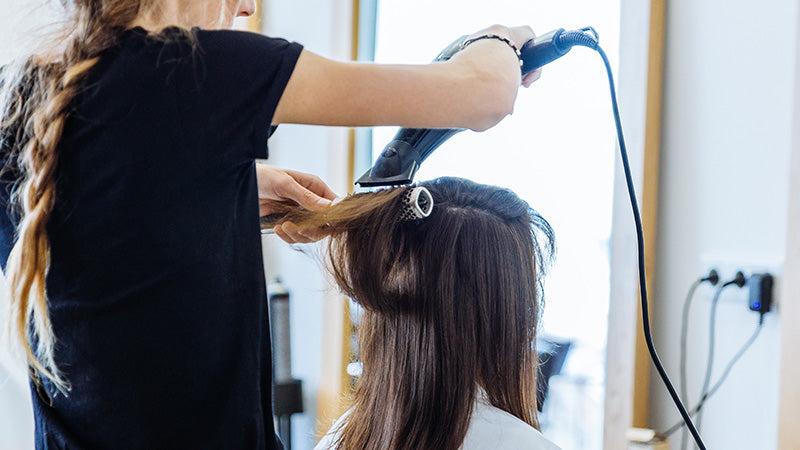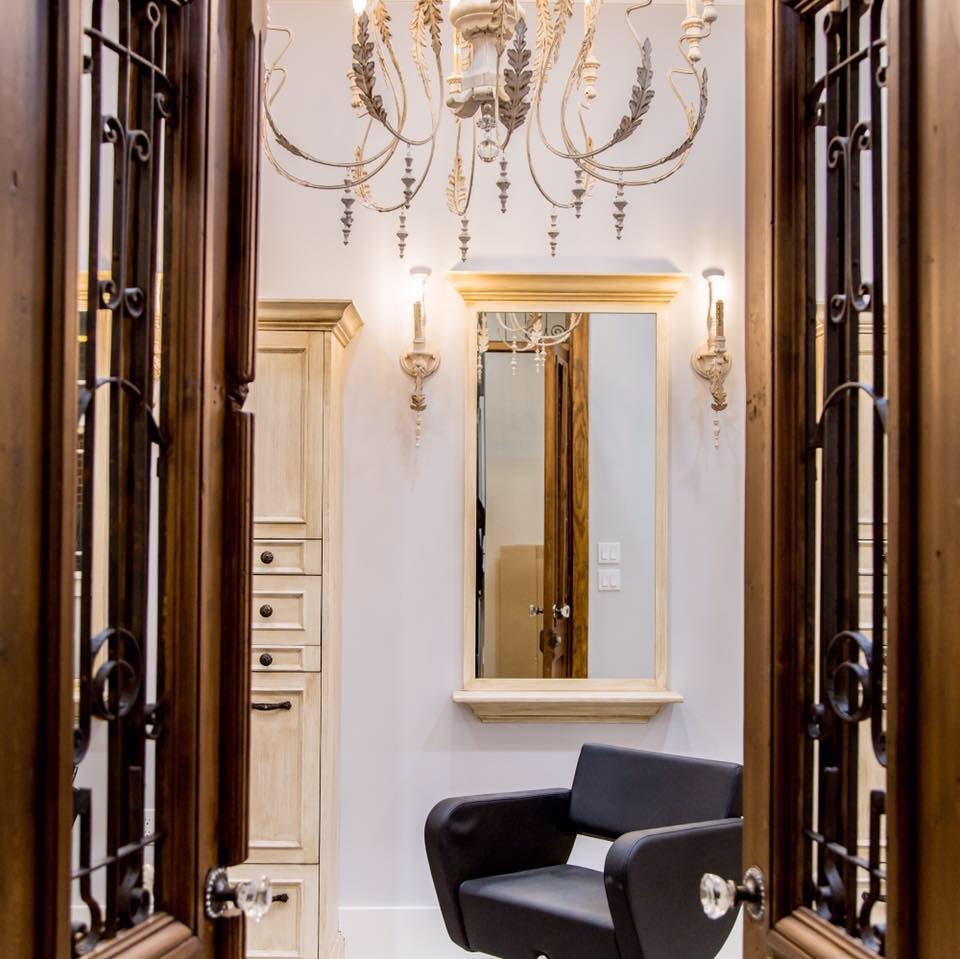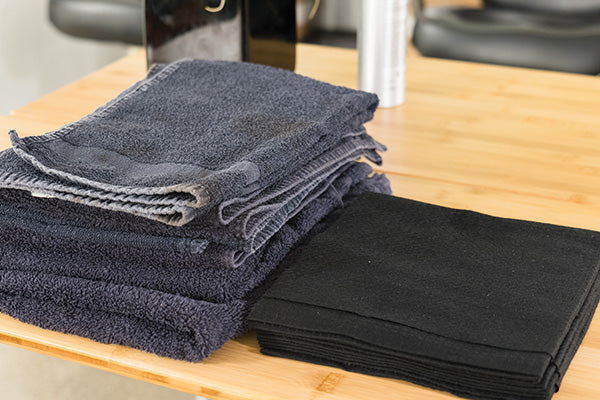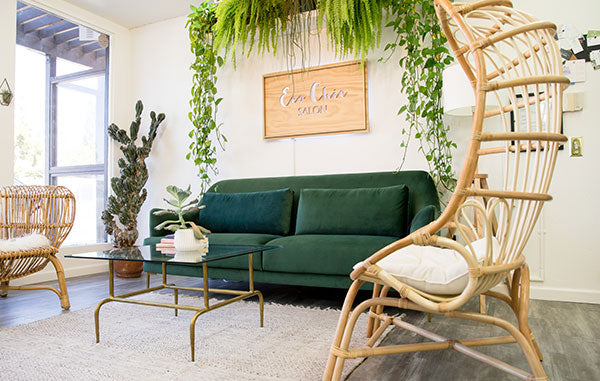Solar, wind, water – we are all getting pretty well-versed in the conversations around renewable energy. Whether you are completely aware of it or not, it’s likely that you are using some energy from a renewable source, as many cities and communities are building up their renewable infrastructures. There are, however, still a lot of people without access to energy and the energy crisis is shedding light on that inequity and also how much we rely on power for our day-to-day lives. So, while these advancements in renewable sources and also batteries to store the energy offer glimmers of hope for powering the future, conservation is important for both avoiding blackouts and keeping our accounts in the black.

Percentage of overall energy used in the salon. Averages based on an eight chair, 2000 square foot salon with two basins.
Energy use is a significant contributor to our carbon footprint and salons have several reasons they fall in the high energy consumption category, including the high usage of electricity, including hot water, and lighting, so small changes in the way we operate can have a significant impact on energy consumption. In this article, we will explore the energy use in a hair salon and look at ways to reduce it.
Hot Water Usage in the Salon
The number one area of energy consumption, no matter how big or small you are, is hot water usage. Hot water is used for various purposes such as washing hair, towels, and cleaning equipment. One way to reduce hot water consumption is to reduce how much water you use in the first place. Install low-flow faucets and spray nozzles in the basins to restrict the flow of water, thereby reducing the amount of hot water needed. The second biggest draw for hot water is laundry – particularly in the age of extreme hygiene where hot water wash is the only way to go. Being mindful of how many towels and capes you use, or converting to biodegradable microfiber towels, can slash your laundry load and therefore massively reduce your hot water. Another option is to install a solar water heating system or to convert your electric hot water heater to natural gas or a more efficient system. A solar water heating system uses the sun’s energy to heat water, thereby reducing the amount of electricity or gas needed.Salon Lighting Energy Usage
Behind hot water lighting is the second most energy intensive, because we need bright lighting to ensure that customers can see themselves and the stylist can see what they are doing. When it comes to lighting there are several things you can do to reduce usage, and drop those electric bills, but some are more expensive than others. Things like LED light bulbs, as they consume less energy and have a longer lifespan, and also installing motion sensors. Motion sensors can detect when a room is empty and automatically turn off the lights, thereby reducing energy consumption. Another option is to install skylights or reposition the stations to capitalize on as much natural light as possible. Skylights allow natural light to enter the salon, thereby reducing the need for artificial lighting during the day.Hot Tools Energy Usage
Hair salons rely heavily on electrical equipment such as hair dryers, straighteners, curling irons, and clippers. But these tools are essential in our service, so the only way to minimize the draw from the grid is investing in energy-efficient equipment and reducing the amount of time they are on.For example:
- Using hair dryers with low wattage and efficient motors
- Unplugging all appliances when not in use (not just on off mode)
- Ensuring hair is mostly dry before using the dryer
Conserving energy is one of those community actions that we do because it’s the right thing to do for our overall well-being. Sure, it drives down costs with the average annual electric costs hovering around $4/square foot, but it’s also something we do to come together as a global community to ensure there is enough for everyone. If you live in areas like Souther California, you’ve likely been part of a rolling blackout during peak heat waves which is a humbling reminder that we don’t have an infinite supply. Investing in energy-efficient equipment, reducing hot water usage, implementing lighting controls, and educating staff and clients on energy efficiency, hair salons can reduce their energy consumption and save money on their energy bills. By taking these steps, hair salons can play their part in reducing our carbon footprint and helping to create a more sustainable future.









